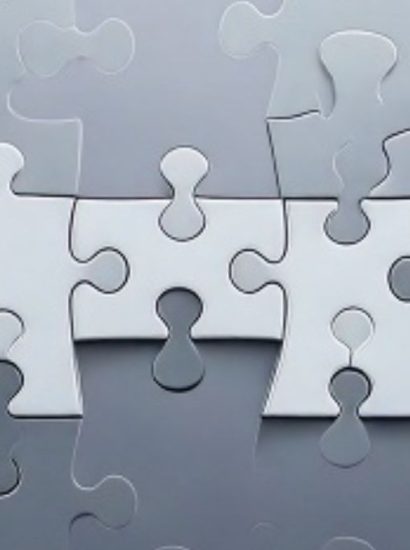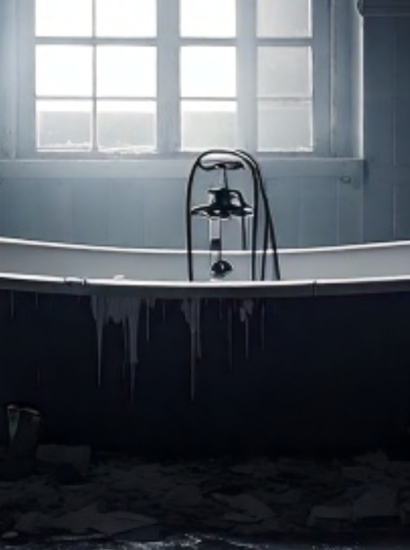This post is also available in: ΕΛΛΗΝΙΚΑ (GREEK) TÜRKÇE (TURKISH)
Reserve Warrant Officer (Infantry) Koukoularis Christos of Konstantinos from Nea Chalkidona, Attica, was one of the missing persons cases that gave me some sense of satisfaction because his remains were identified in 2000 and in May [of that year], they were returned to his family. I was in contact with the family as part of the research I was doing and still do to this day on various aspects of the missing persons tragedy.
Christos was killed on 16 August at the ELDYK [Hellenic Force in Cyprus] camp in Gerolakkos during that fierce three-day battle in which 318 ELDYK soldiers fought against the Turkish invasion army, and in which they all fell fighting heroically. Christos was buried as an unknown dead at the Lakatamia military cemetery, and I located his name on a Civil Defence list of 180 others buried there in total. I then attempted to contact the Koukoularis family in Athens but none of the people in charge here would provide any information.
They refused because they believed that the issue of missing persons was a matter for which only the Committee of Relatives of Missing Persons was responsible, which disagreed both with the exhumations agreed between [Glafcos] Clerides and [Rauf] Denktaş in 1997, as well as with any action that would bring to light evidence about the missing persons that would inconvenience them and destroy their careers. I made efforts through friends in Athens and finally tracked down the Koukoularis family, from whom I learned that Christos’ parents attended the memorial service held on 20 July at Lakatamia cemetery every year, not suspecting that their child was buried there.
When Christos’s remains were identified through DNA testing, in the spring of 2000, the hero’s parents had already passed away and so, as the Athenian newspaper “Ta Nea” published on May 7, 2000, “yesterday afternoon the remains of Sergeant Christos Koukoularis arrived by military aircraft from Cyprus at Elefsina airport where he was honoured as a fallen soldier. His brother Petros and other relatives were present, the sergeant’s parents are no longer alive”.
On Thursday evening 30.05.2024, as I was watching the news on TV, I almost had a stroke as I watched the funeral of 15 Greeks who had died during the Turkish invasion and some during 1963-1964, and saw the photo of Christos Koukoularis placed on the first small coffin!
I immediately referred back to my archive and found in my daily column in Politis at the time, an article of mine dated 11.05.2000 entitled “Christos we thank you” in which I noted: “Apart from the wounds of war, the betrayal and tragedy of 1974 also left in Greek Cypriots a great wound in their souls over the role that Greece’s Regime of the Colonels [Editor‘s note: a military dictatorship that ruled Greece between 1967 to 1974] played to Cyprus’ detriment. However, the distrust and prejudice, which rightly existed in our view, was not only against the Junta officers who were active in Cyprus during those years.
The stigma, unjustly in our opinion, followed righteous and sinful Greeks alike for some years afterwards. In the collective memory, which was strewn with the black veil of dead relatives, the missing, and our lost towns and villages, the fine lines were hard to distinguish. And yet, in the great iconostasis of the heroes and martyrs of the Cypriot tragedy, among the Greek Cypriots, Greek soldiers stand tall and equally proud because they gave their lives for this long-suffering island [Editor’s note: in Eastern Christian Churches: the iconostasis is a wall of icons and religious paintings that separates the sanctuary from the rest of the church]. Perhaps due to the blur caused by the tears in our eyes and also the pain and passion crippling our minds, we failed for a time to distinguish and acknowledge them out loud. Among them were people who had arrived in Cyprus to replace ELDYK just a few hours before the Turkish invasion, and for whom, on their next day in Cyprus, the first morning light they encountered was to be their last. It is now known that the battles against the invading troops outside the Hellenic Force camp in Nicosia were ferocious though unequal. It is also known that very few of the Greeks survived these battles. Many of the dead Greeks, from the first and second phases of the Turkish invasion, were buried at Lakatamia military cemetery. Some others were buried at Saint Constantinos & Eleni cemetery, while others were added to the long list of missing persons.
The exhumations that took place at the two cemeteries and the process of identifying the remains by DNA testing brought to the surface the name of the first Greek missing person whose family was informed in Athens.
This was Koukoullaris Christos of Konstantinos, a sergeant of ELDYK who was killed during the second invasion, on August 16 in the Agios Pavlos area in Nicosia. A 22-year-old youth who sacrificed his life for Cyprus, who for 25 years was buried, unremembered and unmourned in Lakatamia and whose parents lived in the bitter agony of not knowing the fate of their child all those years. And if those who should have apologised for burying people without following proper procedures, and who disappeared heroes of the Cypriot tragedy in missing persons lists, did not have the courage to say “mea culpa”, and the boldness to apologise to the tragic parents of Christos, we believe that we, as a people, should not remain silent. We should not gloss over an event that gives us a unique opportunity, even if only symbolically. Our brother, Christos, we thank you for honouring this small long-suffering homeland with your ultimate sacrifice. Sorry that for 25 years we didn’t light a candle for you.
The flame of our gratitude was lit yesterday in our memory and in our soul; like an inextinguishable light, it will illuminate your figure in the Heroes’ Hall of our History”. Unfortunately, 24 years later, we were destined to witness a second funeral for Christos and for the other fallen, even from as far back as 1964, demonstrating that in the country of corruption and fraud, the remains of the missing can be kept in boxes for decades and “revealed” in the context of ceremonies and memorials that are held in abundance in these days of 50 years of occupation. The tragic story of Christos Koukoularis confirms the words of Argentinean writer Ernesto Sabato: “The dead die once, the disappeared die every day”…
Source: THE MISSING DIE EVERY DAY






